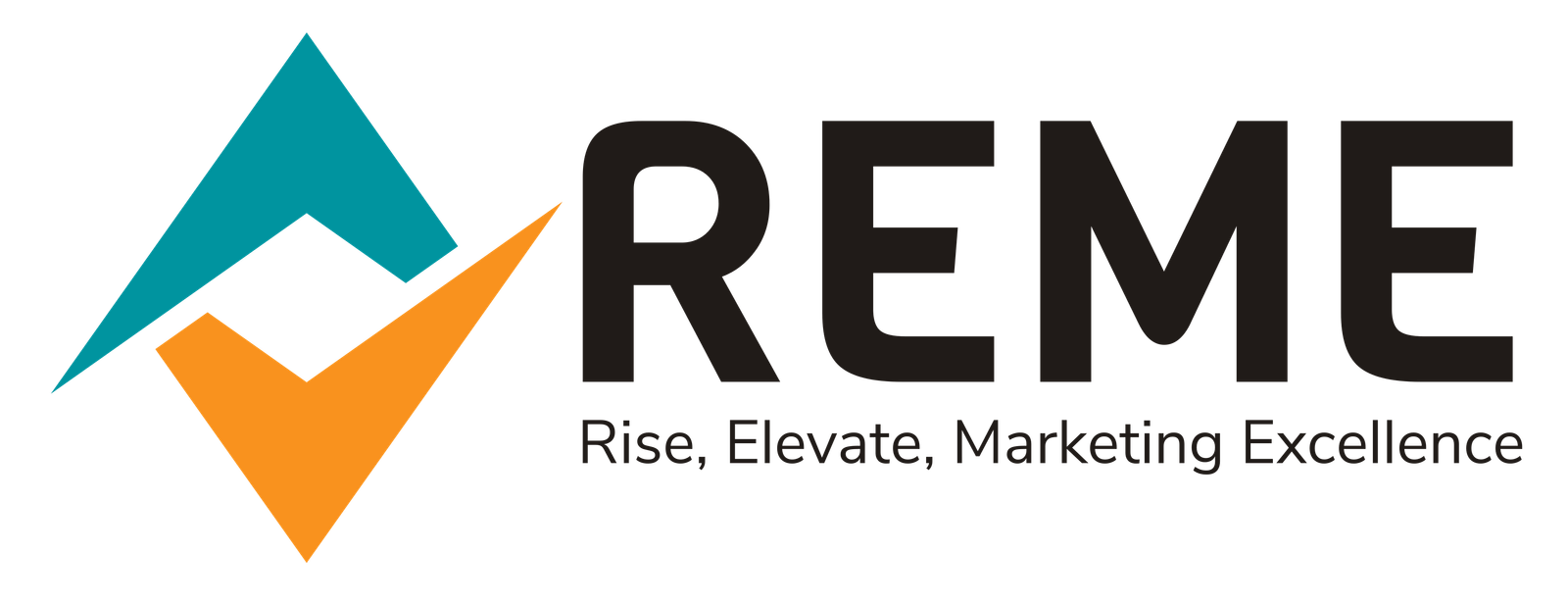Exploring Muscle Building for Women: Unveiling the Science
Unlocking the Secrets of Resistance Training
Resistance training has emerged as a universal path to muscle building, and intriguingly, both men and women appear to respond fairly similarly to its effects. However, within this realm of muscle development, gender nuances come into play. Factors such as hormones, body size, and composition reveal distinctive differences between men and women.
Hormonal Dynamics and Physique
In the intricate dance of muscle building, men enjoy a natural advantage in size, possessing more lean mass compared to their female counterparts. The sway of hormones plays a pivotal role – men with higher testosterone levels tend to showcase a more robust response to hypertrophy.
Women's Unique Muscle Building Journey
For women, the journey into muscle gain unfolds with a fascinating pattern. Initial phases witness rapid muscle development, a burst of growth that eventually paces down to a more measured rate compared to men. Achieving a high muscle mass overall becomes a distinctive challenge for women, navigating the nuanced landscape shaped by estrogen and testosterone levels.
Estrogen's Role in Recovery
A notable twist in the tale comes in the realm of recovery. Women, propelled by higher levels of estrogen, seem to enjoy a faster recuperation from sore muscles. This hormonal advantage adds an intriguing layer to the muscle-building journey, presenting women with distinctive strengths in the recovery phase.
Understanding the Dynamics
As science delves deeper into the dynamics of muscle building, the interplay of hormones, body composition, and training response unveils a captivating narrative. This exploration serves as a guide for women navigating the terrain of muscle development, shedding light on the unique aspects that shape their fitness journey.
Building Muscle Without Weights: A Beginner's Guide
Building muscle without weights is entirely achievable, especially for beginners embarking on their fitness journey. Bodyweight exercises play a crucial role in this approach, offering effective ways to build and maintain lean muscle.
- Push-Ups: A classic bodyweight exercise that targets the chest, shoulders, and triceps.
- Air Squats: Engage your lower body with air squats, focusing on proper form and controlled movements.
- Walking Lunges: Activate your leg muscles and improve balance with walking lunges.
As you progress in your fitness journey, it's natural for these bodyweight exercises to become easier. At this point, you can consider introducing additional resistance using exercise bands or light weights to continue challenging your muscles.
Losing Fat and Gaining Muscle Simultaneously: Is It Possible?
While the idea of losing fat and gaining muscle at the same time may initially seem physically impossible, some studies have suggested that, with a high protein intake and regular strategic training, individuals might be able to achieve this delicate balance (89).
It's important to note that this approach appears to work best for beginners with a higher body fat percentage to start. Additionally, this type of diet involves calorie cutting rather than an increase. In practical terms, achieving both fat loss and muscle gain would require adopting a low-calorie diet, increasing protein intake, and incorporating weightlifting into the routine. However, this approach may not be ideal for seasoned lifters aiming to add extra mass.
The Challenge of Simultaneous Fat Loss and Muscle Gain
Exploring the difficulties and complexities associated with the simultaneous pursuit of fat loss and muscle gain.
Strategic Diet Considerations
Understanding the importance of a high-protein diet and its role in supporting the goal of losing fat and gaining muscle.
Training Approaches for Optimal Results
Examining effective training strategies that can contribute to the simultaneous achievement of fat loss and muscle gain.
Factors Influencing Success
Identifying key factors, including body composition and fitness level, that can impact the success of the dual-goal.
Realistic Expectations for Different Fitness Levels
Setting realistic expectations based on fitness levels, especially for beginners versus seasoned lifters.
Can You Spot Train Certain Muscles for Growth?
While spot reduction is not possible in the context of fat loss, hypertrophy training allows for targeted muscle training. It's important to note that although specific muscles can be targeted, surrounding muscles are also automatically engaged. This approach may not be the most efficient or recommended way to add mass.
Why am I not Gaining Muscle?
If you're struggling to gain muscle, it's crucial to assess your consistency. Check your daily calorie intake and ensure you are hitting your nutrition goals consistently. Using a macro-friendly app can help in tracking your intake.
Additionally, review your training schedule. Are you lifting with sufficient intensity and frequency? Consider the importance of rest and recovery in your routine.

Leave a comment